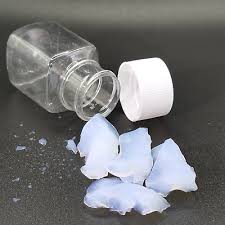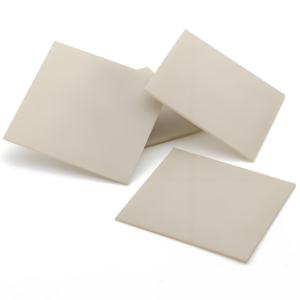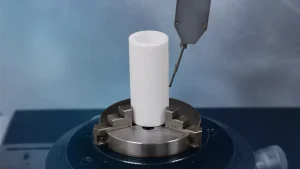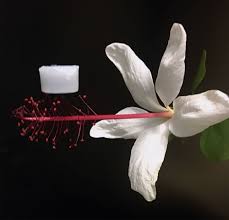Professional industry ceramic supplier, silicon nitride, silicon carbide, aluminum nitride and any other kinds of ceramics.
1. Introduction
Just 24 hours ago, a major materials science conference in Germany spotlighted breakthroughs in high-temperature ceramics, with silicon carbide crucibles taking center stage for their unmatched thermal stability in metal casting and semiconductor manufacturing. This renewed focus underscores the growing demand for advanced ceramics that can withstand extreme conditions without degrading.
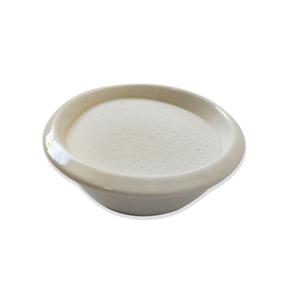
Silicon carbide crucibles—dense, heat-resistant containers made from one of the hardest known compounds—are far more than just lab or foundry tools. From industrial furnaces to artisanal baking dishes, their influence spans sectors you might never expect. In this article, we’ll dive into what makes silicon carbide crucibles so special, how they compare to alternatives like boron carbide and silicon nitride, and where else you’ll find silicon carbide in daily life.
2. What Is a Silicon Carbide Crucible?
A silicon carbide crucible is a container crafted from silicon carbide (SiC), a compound of silicon and carbon. Known for its exceptional hardness, thermal conductivity, and resistance to thermal shock, SiC is ideal for melting metals like aluminum, copper, and even precious alloys at temperatures exceeding 1,600°C (2,912°F).
Unlike traditional clay or graphite crucibles, silicon carbide crucibles maintain structural integrity under rapid heating and cooling cycles. This makes them indispensable in foundries, laboratories, and jewelry-making studios where precision and durability are non-negotiable.
3. Key Properties That Set Silicon Carbide Apart
Silicon carbide stands out in the world of advanced ceramics thanks to several critical properties:
- Extreme hardness (9.5 on the Mohs scale, second only to diamond)
- High thermal conductivity—better than most metals
- Excellent resistance to oxidation and chemical corrosion
- Low thermal expansion, minimizing cracking during temperature swings
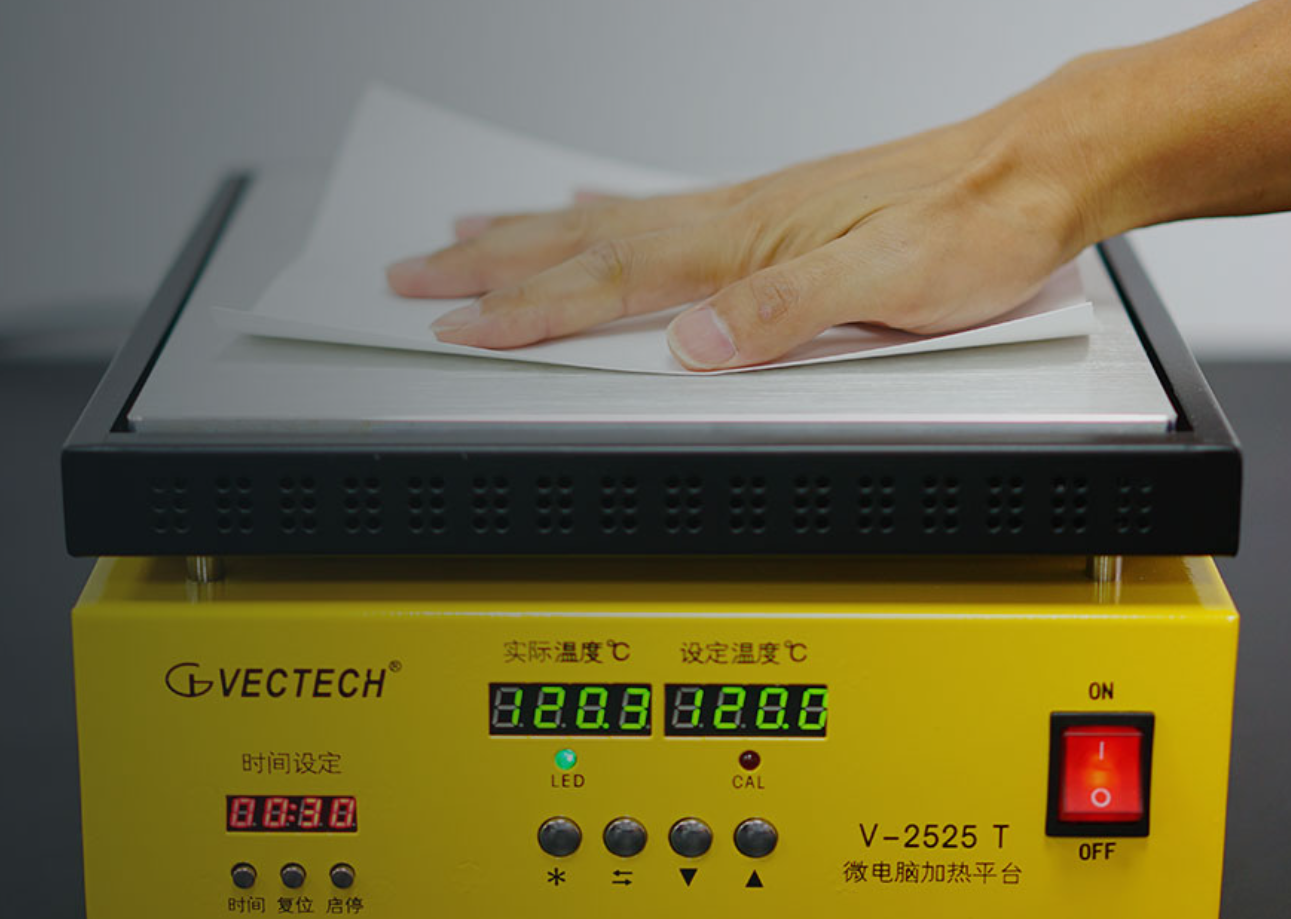
These traits make silicon carbide not just suitable for crucibles, but also for components like silicon carbide burner nozzles, silicon carbide ceramic tubes, and even silicon carbide brick linings in industrial kilns.
4. Silicon Carbide vs. Other Advanced Ceramics
4.1 Boron Carbide vs Silicon Carbide
While both are ultra-hard ceramics, boron carbide (B4C) is lighter and harder than silicon carbide, often used in body armor and abrasive applications. However, it’s more expensive and less thermally conductive. For high-heat containment like crucibles, silicon carbide offers better cost-performance balance.
4.2 Silicon Nitride: A High-Performance Alternative
Silicon nitride (Si3N4) is another advanced ceramic prized for its toughness and thermal shock resistance. Some manufacturers produce silicon nitride crucibles, especially for specialized lab use. However, silicon nitride crucible factories are fewer, and the material is generally more costly than silicon carbide. Components like silicon nitride rings, plates, and custom heat shields serve niche roles in aerospace and electronics, but silicon carbide remains dominant in bulk high-temp applications.
5. Beyond the Crucible: Everyday Uses of Silicon Carbide Ceramics
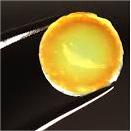
You might be surprised to learn that silicon carbide isn’t confined to industrial settings. Its durability and non-reactive nature have inspired a wave of kitchenware innovations:
- Silicon carbide ceramic baking dishes and casserole dishes with lids
- Silicon carbide dinner ceramic plates (including black, white, and handcrafted varieties)
- Silicon carbide ceramic serving bowls, salad bowls, and pie dishes
- Even silicon carbide ceramic butter dishes with lids and children’s plates
Brands like Staub have explored silicon carbide-enhanced cookware, marketed as silicon carbide baking dish Staub lines, valued for even heating and longevity. These items—often labeled as silicon carbide ceramic dinnerware—are gaining popularity among eco-conscious chefs.
6. Industrial and Technical Applications
Beyond cookware and crucibles, silicon carbide’s versatility shines in engineering contexts:
- Silicon carbide ceramic columns and RBSiC silicon carbide tile blocks support high-temp furnace structures
- Silicon carbide tubes serve as thermocouple protection tubes and furnace liners
- Silicon carbide discs are used in grinding, sanding, and even as ceramic disc taps in plumbing
- Silicon carbide ceramic piping handles corrosive fluids in chemical plants
These components—ranging from silicon carbide porous ceramic tubes to silicon carbide mullite composites—highlight the material’s adaptability across sectors like metallurgy, energy, and water treatment.
7. Manufacturing and Customization Trends
Modern production techniques like reaction-bonded silicon carbide (RBSiC) allow for complex shapes such as custom silicon carbide rings, ceramic baking trays, and even silicon carbide ceramic Christmas plates. The rise of advanced ceramics manufacturing has also enabled tailored solutions like silicon carbide ceramic oven dishes and specialized labware.
Meanwhile, the high purity silicon nitride powder market continues to grow alongside demand for precision components, but silicon carbide remains more accessible for large-scale applications due to mature supply chains and lower raw material costs.
8. Conclusion
From melting molten metal in a foundry to serving a holiday casserole, the silicon carbide crucible—and its broader family of silicon carbide ceramics—demonstrates remarkable range. Its blend of thermal resilience, chemical inertness, and mechanical strength ensures it remains a cornerstone of both heavy industry and modern home kitchens. As advanced ceramics evolve, silicon carbide will likely keep leading the charge, proving that sometimes, the toughest materials also have the widest appeal.
Our Website founded on October 17, 2012, is a high-tech enterprise committed to the research and development, production, processing, sales and technical services of ceramic relative materials such as Silicon. Our products includes but not limited to Boron Carbide Ceramic Products, Boron Nitride Ceramic Products, Silicon Carbide Ceramic Products, Silicon Nitride Ceramic Products, Zirconium Dioxide Ceramic Products, etc. If you are interested, please feel free to contact us.

